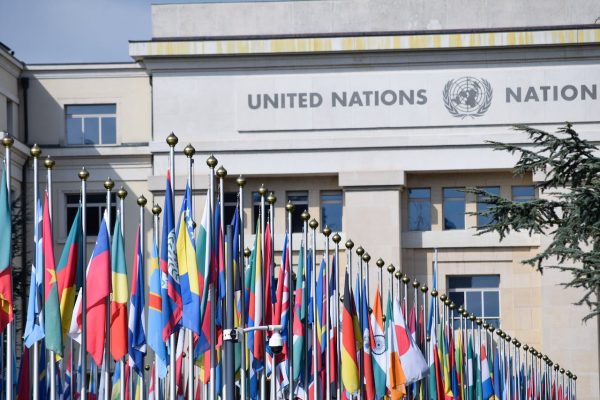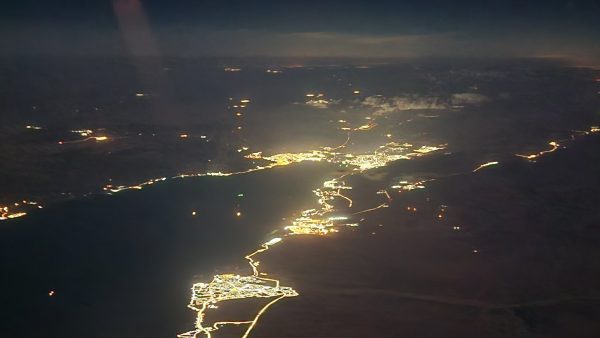Climatologist Radim Tolasz discusses climate extremes in an interview with Seznam Zpravy. He notes that while higher average temperatures aren’t problematic, extreme temperatures have risen. Heatwaves used to be above 30°C, now they’re at 34°C. The Czech Republic could face rising average temperatures, heatwaves, floods, fire conditions, and heavy rainfall. Tolasz highlights that the region warms twice as fast due to landmass and distance from oceans. Extreme highs are more concerning due to their frequency.
According to the latest conclusions of the IPCC, the Czech Republic could face five climate extremes by the middle of this century: rising average temperatures, heatwaves, river flooding, fire conditions, and torrential rainfall. Tolasz emphasizes that the climate system’s inertia means the effects of past emissions will shape the next few decades.
He points out that Austria’s landscape adaptation is discussed but not implemented in the Czech Republic. Tolasz explains that while average temperature isn’t the main issue, higher averages are accompanied by extreme temperatures, leading to more frequent and stronger extremes like heatwaves.
Tolasz recommends blue-green urban infrastructure for cooling. He mentions the impact of torrential rainfall, and the country’s lack of readiness, especially in urban areas with inadequate sewers. Agriculture’s role in erosion and flood risk is mentioned. Austria’s landscape adaptation is cited as an example.
Regarding torrential rainfall, he highlights difficulties in preparation due to inadequate sewers in urban areas and soil erosion in rural locations. Tolasz recommends incorporating blue-green infrastructure to mitigate heat and rainfall effects.
Increased fire weather is linked to stronger winds and drought. Human factors start most fires, but climate change aids their spread. Drought’s worsening is uncertain in different models. Seasonal shifts in rainfall from winter to summer and changing precipitation patterns are observed. The loss of winter snowpack could lead to future drinking water supply issues.
The interview addresses potential worsening of river floods and drought, with Tolasz explaining the landscape’s role. He observes a shift in rainfall from winter to summer, affecting water resources due to faster runoff, which could impact reservoirs relying on winter snowpack.
Source: seznamzpravy.cz


















